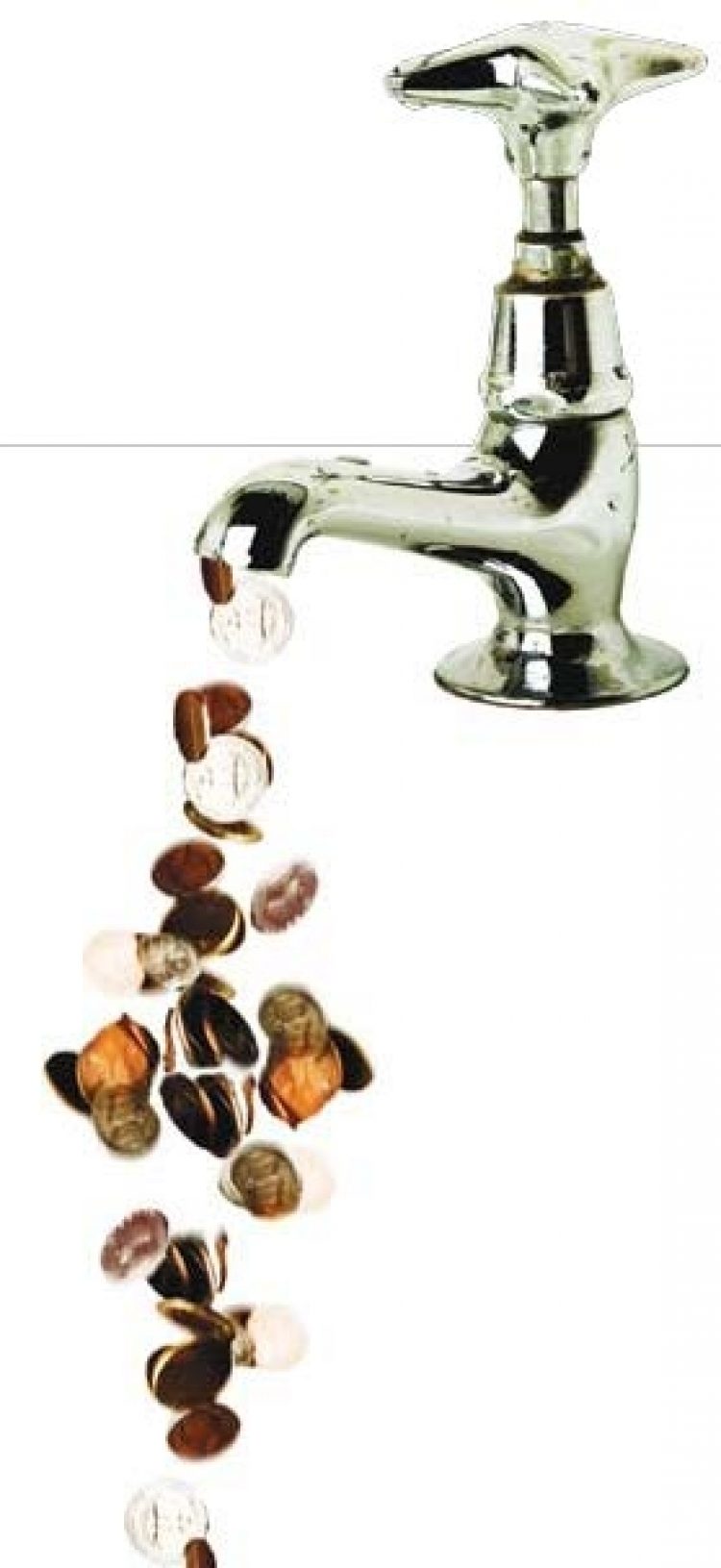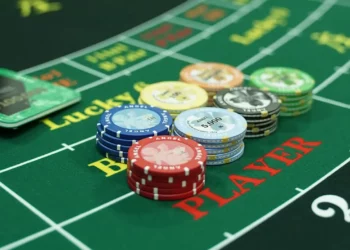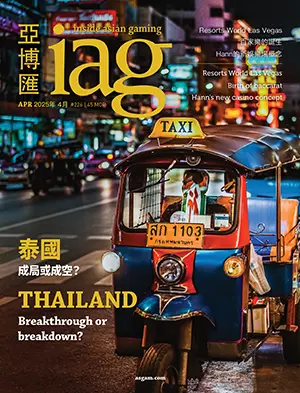By Andrew Klebanow
Non-negotiable slot credits or what is commonly called free play has become the primary form of customer incentives in many casinos. Free play is now used instead of cash for point and coupon redemptions as well as for a variety of promotions. Combined, free play has become the single greatest component of player reinvestment. The increased use of free play has also created unintended consequences. Free play has affected multiple departments within the casino including Slots, Marketing and Accounting. This article attempts to identify the emerging issues of free play and how they are impacting both the casino and the customer.
Accounting for free play
One of the primary issues regarding free play is how to account for it on the income statement. There is a dramatic range of opinions on how free play should be accounted for and how its effects should be measured. Does a dollar in free play cost a dollar? Is it free or is its cost somewhere in between? Views differ depending on your role in the organization.
There are those who would argue that free play is simply a marketing tool that allows a customer to initiate a handle pull and any winnings generated by that handle pull will eventually be cycled back into the machine. To them there is no real cost to the casino except perhaps, in a modest reduction of slot hold, which can be periodically increased to compensate for that loss. The “free play is free” contingent believe that, unlike cash, free play should not show up as a marketing expense on the income statement and can simply be tracked in a contra revenue account. Casino marketers in particular like this approach since it allows them to dramatically increase their marketing spend without requiring an increase in their marketing budgets.
Others would argue that free play should be booked as cash, less the aggregate hold of the slot floor. For example, if a customer receives $100 in free play and the slot floor hold is 8%, then $92 should be booked as an expense. Still others believe that, since free play can be cycled through the machine only once and any winnings generated from that cycle can be redeemed for cash, free play should be booked at 100% of its value, just as if it were cash.
While there are no clear and consistent policies regarding the presentation of free play on the income statement, failure to at the very least note it (as revenue and offsetting expense) on the income statement creates a situation where management loses sight of the amount of free play issued. Contra revenue accounts alone cannot accomplish this. Marketing, Slots and Accounting all need to know how much free play the casino is issuing and both the daily operating report and monthly income statement are appropriate vehicles for that purpose. Nevertheless, until the industry adopts standard accounting practices for free play, each casino company is left to decide how best to show this expense or whether to show it all.
Cash protection and free play protection
It can be argued, quite forcefully, that free play is much like cash. A patron can redeem a free play offer, wager that free play once and cash out whatever drops to the slot machine’s win meter. In this case, free play is pretty much like cash and therefore it needs to be protected, just like cash.
Casino operators are very good at protecting cash and long ago developed controls to protect its most liquid asset. Cash is kept in a vault. The vault is usually surrounded by a cashier’s cage. The cage is normally in clear view of a security officer seated in an elevated podium. A plethora of security devices protect that cash and cameras monitor the movement of cash within the vault, cage and at the cashier’s cage window.
Casinos have long had in place methodologies to distribute cash and to properly account for those disbursements. Take for instance the redemption of slot club points for cash back. First a customer would go to the players’ club and present their identification and players’ club card. The casino representative would verify the customer’s identity; look up the customer’s account and issue a redemption through the casino management system. A coupon would then be printed on check-like paper (in triplicate) with a unique identifying number. The customer would then take the coupon to the cashier’s cage. The cashier would confirm the customer’s identification, verify the amount, verify the redemption on a computer terminal and then give the customer their cash. A security camera would record the transaction. The coupon would then be sent to revenue audit where the transaction would be reconciled. The total amount of cash issued for points would appear on the next day’s daily operating report and the monthly income statement as an expense, charged to either the slot department or players club.
Point redemptions for free play are, for the most part, electronic. A customer can simply insert their players’ club card into a slot machine, enter their personal identification number, and convert points to free play. Some casinos, because of system limitations, make customers stop by the rewards center to verify their accounts before issuing free play. The former is far more convenient for both the customer and casino operator and requires far less labor. There of course is an audit trail and the total amount of points redeemed may be accounted for in a contra revenue account or by some other revenue audit process. Since it is no longer a cash expense, points redeemed for free play do not have to appear on the daily operating report or the income statement. The cost of point redemptions can now easily fade from view.
Now compare a promotion that offers cash with one that offers free play. For example, casino marketing decides to offer new members $10 if a customer brings in a coupon from a local newspaper. In a cash redemption setting, this promotion would require some kind of documentation before implementation. This may be in the form of a proposal form that requires the signature of the general manager. Once approved, ads would be created, coupons would be printed and an internal control process to issue, redeem and account for the $10 rewards would be designed. Memos would then be distributed to the cage manager, accounting department and others along with samples of the ads. New members would be required to present identification at the rewards center; enrolled into the system, issued a coupon, which would then be presented to the cashier’s cage for redemption. Once again, those redeemed coupons would be audited and recorded in an account titled New Member promotion.
With electronic free play, the process is different. To create a promotion that rewards customers with free play, one must have access to an electronic marketing module in the casino management system and a “permission” to create a promotion. Normally those permissions are issued by the IT director to either a promotions manager or marketing director. Since there is no cash involved, the whole promotions approval process described above is easily eliminated. Neither the controller nor cage manager need be involved; nor does the slot director or even the general manager. Marketing can now simply create a promotion, issue a memo to the players’ club and conduct the promotion. Revenue audit would simply record the issuance of the free play in the contra revenue account along with all other free play promotions.
The problem is that under the electronic free play scenario, Marketing is free to create as many free play offers as it sees fit. Multiple free play offers can be easily layered on top of one another, blurring any analyst’s ability to measure the effects of a particular promotion. Marketing could create one promotion where every hotel guest gets $20 in free play and another one where every new member gets $10 in free play and a third where buying a meal in a restaurant earns another $10 in free play. These new members can then redeem $40 in free play without ever having demonstrated any gaming worth. Worse, measuring the effects of any one promotion is virtually impossible.
Furthermore, without a traditional promotions development process where a promotion is proposed, approved, implemented and measured, anyone with permission to create a free play promotion can do so. When free play is not accounted for as an expense on the income statement then Marketing is free to create an endless stream of offers with no consequence to their budget. After all, it’s free play, which means it must be free.
Free play and slot hold
Free play in all its permutations can have a profound effect on the casino’s slot hold. When marketing floods its database with free play offers, it artificially increases slot handle and decreases slot hold (because free play does not increase slot drop). When this happens, the inclination of the slot director, who is accountable for monitoring slot floor hold, is to gradually increase the hold percentage of the casino’s machines until the floor returns to its configured par. What happens is that frequent gamers who are members of the rewards program and are the recipients of most of the free play offers are incentivized to come into the casino and continue to receive sufficient gaming value, even if the slot hold has increased. On the other hand, casual gamers, first time visitors and those avid players who do not use their reward cards begin to sense that the casino is tightening up their games. They see less value from their gaming budget and in turn reduce their levels of visitation or simply go elsewhere.
This problem is exacerbated by the fact that only a small percentage of a casino’s customers actually receive free play offers. Typically, a casino will have a carded win rate of 40%-60%. However, that carded revenue is not being generated by 50% of the casino’s customers. In all likelihood it is being generated by less than 20% of all the customers that play in the casino. Thus the higher slot hold negatively impacts most of the casino’s customers since they do not receive free play offers.
Furthermore, casinos promotions often ebb and flow. Marketing may increase the volume of free play promotions during slow periods and decrease them during peak demand periods. In such situations, the slot director may not recognize nor care to react to the reduction in free play volume and lower his slot hold. The net result is that even past recipients of free play offers sense that the slot machines got tighter and their gaming experiences are soured.
How and when to use free play are decisions that that should not be left to Marketing alone. The use of free play must involve senior leadership, Accounting, Slots as well as Marketing. Free play must first be grounded in a sound player reinvestment strategy and be part of the casino’s slot pricing strategy. Once strategies are formulated, free play tactics can be created along with accounting rules and measurement tools.
Free play is an invaluable tool for a casino. However, as its use proliferates, issues will continue to arise that were never anticipated when programmers first began writing their software.
Andrew Klebanow is Principal of Gaming Market Advisors. He can be reached by calling +1 702 547 2225 or email andrew@gamingmarketadvisors.com





























